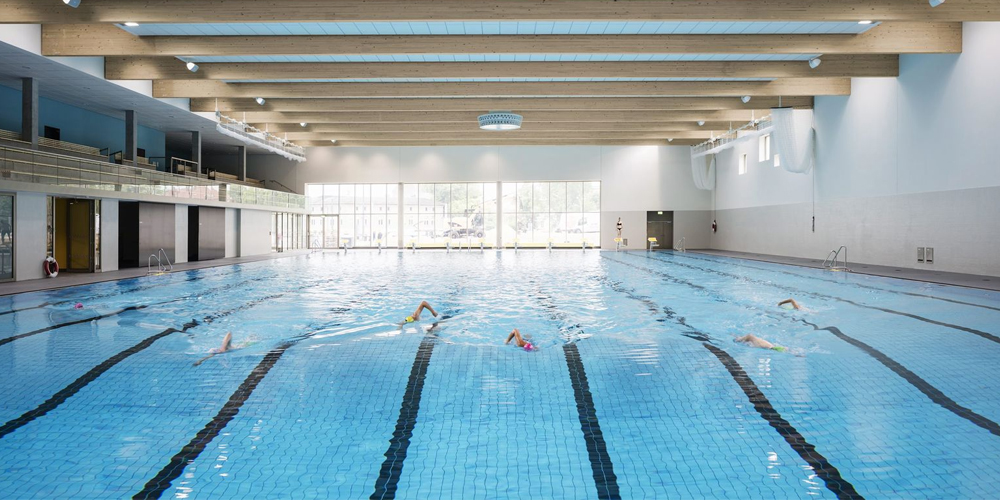Regular doses of chlorine and pool shock treatments are key players in the sanitization of your swimming pool. But as both do similar things, you’d be forgiven for not knowing exactly how they differ and when you may need to use one over the other. Here, we untangle the two and provide some insight into the differences and similarities between traditional chlorine and shock.
Pool Chlorine:
Chlorine is a staple in pool maintenance. It acts as a sanitizer, continuously working to eliminate harmful bacteria and microorganisms that can cause illnesses. Pool chlorine comes in several forms, including liquid, granular, and tablet. It is typically added to the pool through a chlorinator, floater, or directly into the water.
How Chlorine Works:
Chlorine dissolves in water to form hypochlorous acid, a compound that effectively kills bacteria, viruses, and other pathogens. Maintaining a consistent chlorine level (usually between 1-3 ppm, or parts per million) is crucial. This regular chlorination ensures that the pool remains safe for swimming by keeping microbial contamination in check.
Types of Pool Chlorine:
Liquid Chlorine: Easy to use and fast-acting, but has a shorter shelf life.
Granular Chlorine: Versatile and can be used for both daily chlorination.
Chlorine Tablets: ideal for regular, steady chlorination through a floater or chlorinator.
Pool Shock
Pool shock is used to address more severe contamination issues. Shock treatments are necessary when the pool has experienced heavy usage, after rainstorms, or when the water appears cloudy or has an unpleasant odor. These conditions can indicate a buildup of chloramines—compounds formed when chlorine combines with body oils, sweat, urine, and other organic matter.
Chlorine shock is the addition of enough available chlorine (usually 5-10 mg/L, 12-15 mg/L for a spa) to completely oxidize all organic matter and ammonia, nitrogen-containing compounds.
The stronger concentration of pool shock also helps destroy chloramines, which are the waste products created when your regular chlorine does its job of breaking down contaminants.
Types of Pool Shock:
Shock is quick-releasing, instantly raising chlorine levels but also dissipating more quickly. It is generally recommended to use calcium hypochlorite and bleaching powder instead of TCCA and SDIC for swimming pool chlorine shock to avoid causing a large increase in cyanuric acid levels.
Key Differences
Purpose:
Chlorine: Maintains regular sanitization.
Pool Shock: Provides a powerful treatment to eliminate contaminants.
Application Frequency:
Chlorine: Daily or as needed to maintain consistent levels.
Pool Shock: Weekly or after heavy pool usage or contamination events.
Effectiveness:
Chlorine: Works continuously to keep the water safe.
Shock: Rapidly restores water clarity and hygiene by breaking down chloramines and other pollutants.
Chlorine and pool shock are both important. Without the use of everyday chlorine, the chlorine levels introduced by the shock would soon fall, whereas, without the use of shock, the chlorine levels wouldn’t become high enough to eradicate all the contaminants or reach breakpoint chlorination.
However, it is important to note that you should not add chlorine and shock at the same time, as doing so would essentially be redundant.
Post time: Jun-20-2024

